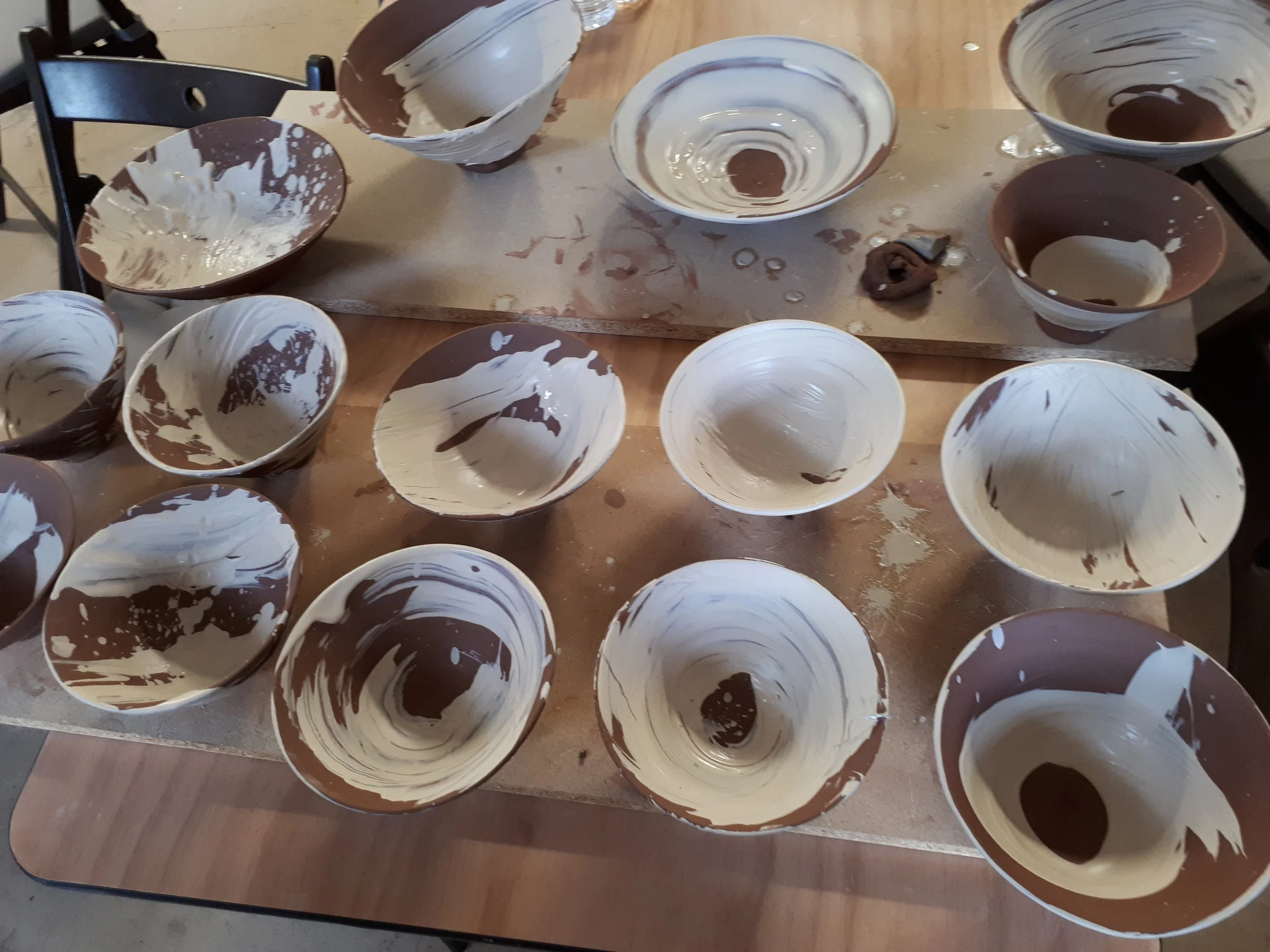So much to learn about making a pot but firing process is what really fascinates me! An informative article of reduction firing.
Demystifying the Reduction Firing Process
Ryan Coppage, PhD • August 9, 2017
We all know what reduction firing is, right? Or do we? The science of what happens in a reduction kiln and the resulting color palette might not be exactly what you think it is.
When I read Ryan Coppage’s article on reduction firing in the March 2016 issue of Ceramics Monthly, I realized that I didn’t have the definition exactly right. So I thought I would share an excerpt from the article in this post. After all, really understanding what’s happening in the kiln can only lead to better results! – Jennifer Poellot Harnetty, editor.
Defining Reduction Firing to Help Improve Firing Outcomes
by Ryan Coppage
The Reduction Firing Process
Almost as a standard, the process of “reduction” is described with some degree of equivocation no matter where you go or in which ceramic setting you work. Most pottery professionals don’t like to describe it, especially to a persnickety chemist. These descriptions vary from place to place, but the process of reduction is most commonly communicated as “reducing the amount of oxygen in a kiln,” such that the flame/fuel searches for more oxygen and will pull said oxygen out of clay bodies, etc. While this is absolutely parallel and incidental to reduction taking place, that phenomenon is not reduction and is not responsible for the vibrant, beautiful colors that are synonymous with the firing method.
Reduction is the process of electrons being donated to a metal/element/surface through some set of reactions, while another component in the same set of reactions is oxidized (electrons lost). This is your defined set of oxidation and reduction parameters. In a gas kiln, albeit natural gas or propane, you are using some set of hydrocarbons and oxygen. Your reaction breaks down to the following for an oxidation firing using propane:
C3H8 + 5 O2 4 H2O + 3 CO2




































































